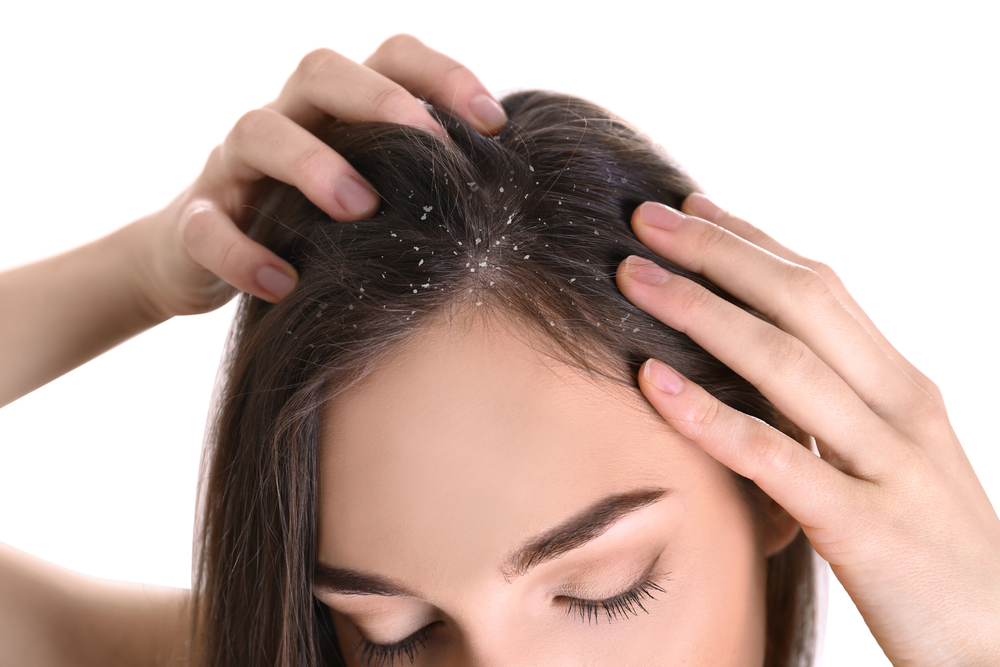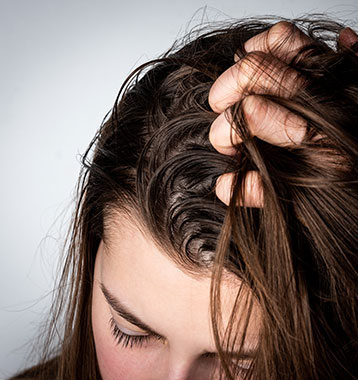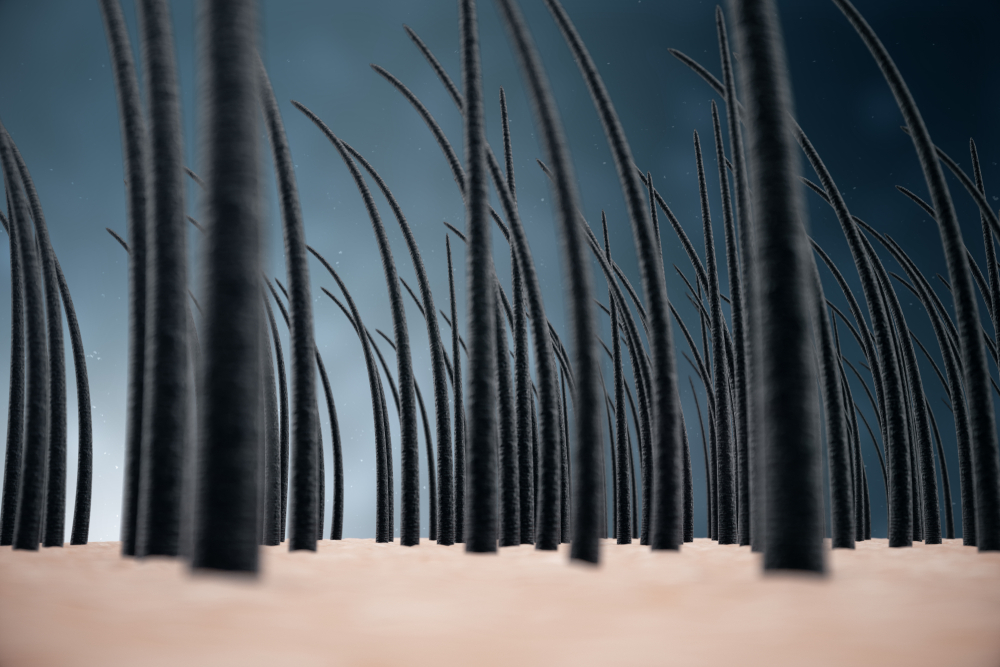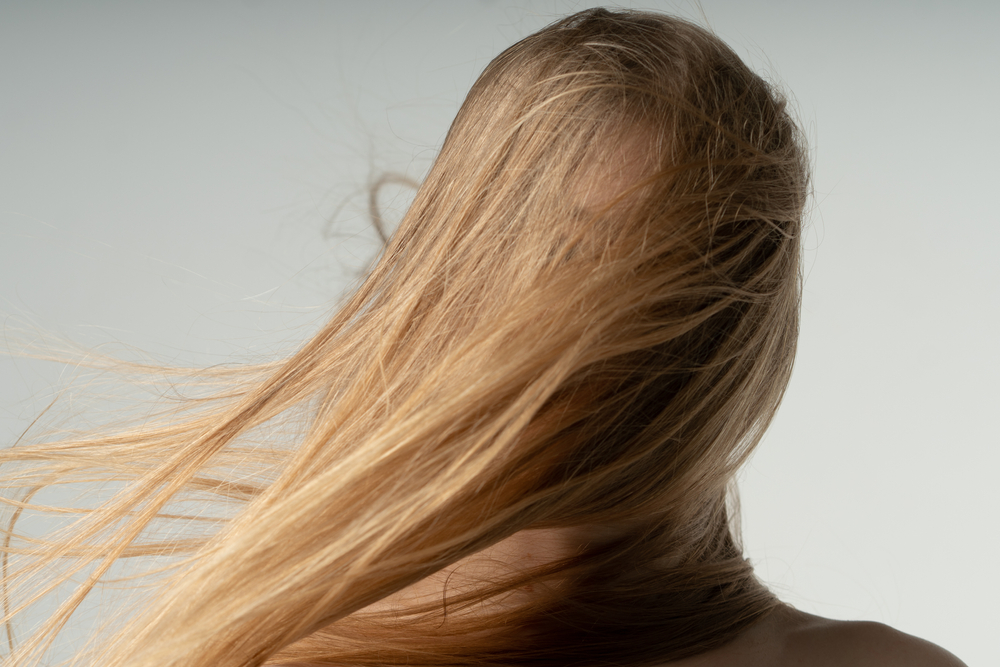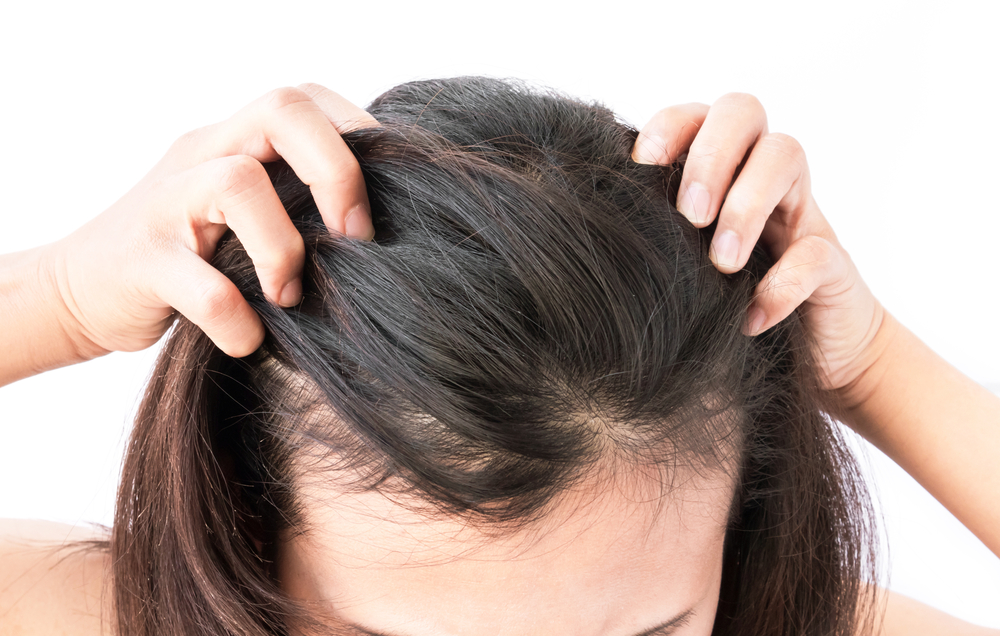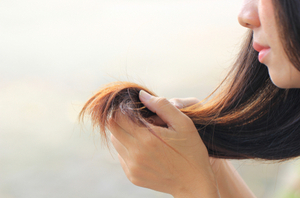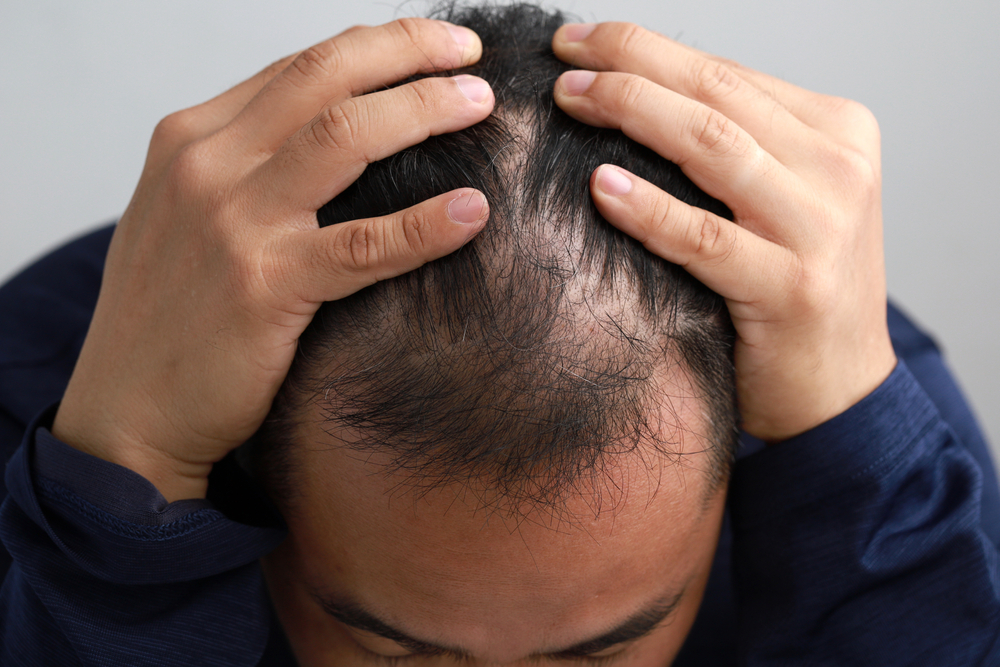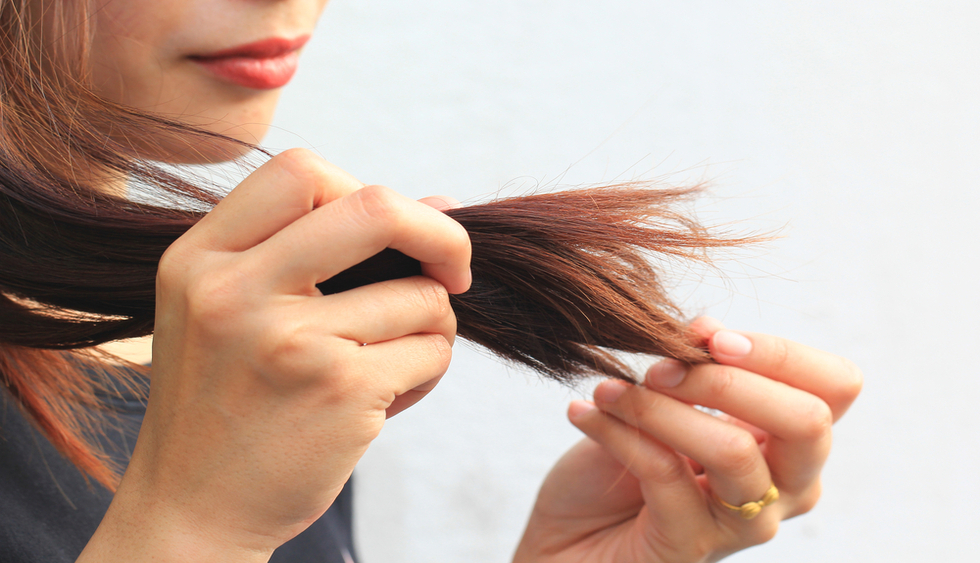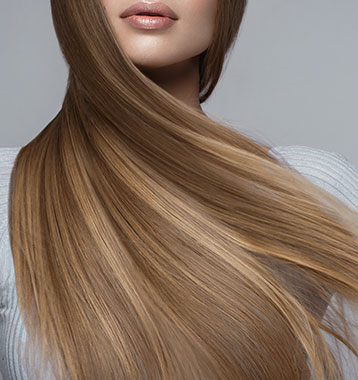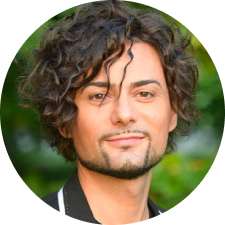- Home
- Scientific Area | CRLAB
Scientific Area
Technical-scientific in-depth articles
Scientific collaboration between Professor Marco Toscani and Dr. Pasquale Fino, Chair of Plastic, Reconstructive and Aesthetic Surgery, Umberto I Health Center – “Sapienza” University of Rome.
Dandruff is a scalp condition that usually arises between the ages of 10 and 25. It may improve between the ages of 45 and 55 or may continue during old age. Its cause is a result of an accelerated turnover of epidermal cells, which following an increase in migration speed, are unable to reach complete maturity before detaching. Whitish-yellow flakes (masses of corneum cells) form and detach, gathering in patches or often spreading evenly across the scalp.
Read MoreBoth men and women of any age may have dry hair. This situation is endured not only as an aesthetic problem, but in time may represent a problem concerning hair health. Dry hair often appears weak, fragile and tends to become brittle and to break. Dry hair often has split ends and other forms of damage to the shaft.
Read MoreDry skin or asteatosis is a scalp condition deriving from a lipid deficiency. It is often associated with a situation of exacerbated dehydration. We can identify both internal and external causes for this anomaly.
Read MoreSome parameters and characteristics should be taken into consideration when assessing hair types and morphologies: shape, density and appearance. The appearance of hair, in the form of lanugo, occurs during the fourth month of pregnancy.
Read MoreA hair follicle is a formation of epidermal origin, anchored in the dermis and consisting of a hair and its sheath. The formation of hair follicles occurs early. They begin to appear as early as the second month of gestation. These follicles will continue to form for the entire duration of the pregnancy. At birth, the baby will indeed have the entire supply of follicles with which it was genetically equipped and from this moment on, no others will form.
Read MoreSome parameters and characteristics should be taken into consideration when assessing hair types and morphologies: shape, density and appearance. The appearance of hair, in the form of lanugo, occurs during the fourth month of pregnancy.
Read MoreExcess sweat production on the entire surface of the body or just in some areas (especially the scalp, palms of the hands, soles of the feet) is called hyperhidrosis. Some of the causes that may lead to temporary hyperhidrosis are physical hyperactivity, fevers, saunas, vomiting and dysentery. Causes that may instead lead to a repeated state of hyperhidrosis are hyperthyroidism, hypoglycemia and alcoholism
Read MoreHyperseborrhea or hypersecretion of sebum is simply a scalp problem due to an excessive production of sebum caused by hyperactivity of the sebaceous glands. Immediate symptoms of hyperseborrhea are scalp itchiness and pain. However, a later symptom is hair loss.
Read MoreThe life cycle of hair and its subsequent growth occur at a speed of 1-1.5 cm per month. Hair is a living element that follows a follicle cycle with an average duration of 2-6 years. In humans, unlike other mammals that are subject to a periodic change, this cyclic evolution is not synchronous (therefore each hair is independent from the others).
Read MoreWith the term Telogen Defluvium we mean a modest, not excessive, loss of hair in the telogen phase, but which tends to often be irreversible, with the precise characteristics of hair in decay or involution. The hair that falls out is usually short and fine, with bulbs that are undeveloped and reduced in size.
Read MorePsychogenic alopecia is a type of hair loss related to stress. Though not yet scientifically explained, this connection is well-known in the experience of those working with the problem. In addition to stress, other causes are personality disorders, states of anxiety and depression, all of which are conditions of acute or chronic stress.
Read MoreScalp pain and irritation (or trichodynia) are pathological conditions that affect both women (in a greater percentage) and men (in a lower percentage). The pain felt on the scalp, spontaneous or caused by treatment, and in particular around the roots of the hair, may be more or less intense, alternating at times between periods of disappearance, associated with burning, tingling or itching.
Read MoreThe sebaceous glands are glands that secrete sebum, an oily, acidic substance with a pH of 3.5. They are connected laterally to the hair follicle. Sebaceous glands are found with a density of approximately 100/cm2 throughout all areas of the skin. In the human body, they are located across the entire surface of the skin, except for the palms of the hands and the soles of the feet. Sebaceous glands are also found in the external auditory meatus (ear canal) and on the eyelids, where they are long and flat. Here they are called tarsal or Meibomian glands.
Read MoreScientific collaboration between Professor Marco Toscani and Dr. Pasquale Fino, Chair of Plastic, Reconstructive and Aesthetic Surgery, Umberto I Health Center – “Sapienza” University of Rome.
Read MoreThe hair on our bodies has a particular structure and is divided into thin and thick hair. Thin hair, also called lanugo or vellus, is located on all skin surfaces except for the palms of the hands and the soles of the feet. Thick hair, also called terminal hair, is dark and located only in some areas such as the scalp, the armpits, the pubic area, the beard area in the case of men, etc…
Read MoreThe scalp is an ultra-specialized area of the skin, where hair is anchored. Like other hair, also the hair on the scalp originates from a hair follicle, called a bulb.
Read MoreHair and Scalp
READ ALL ARTICLESHair Loss
READ ALL ARTICLESHair Problems
READ ALL ARTICLESScalp Problems
READ ALL ARTICLESAlopecia
READ ALL ARTICLESPreventions and Solutions
READ ALL ARTICLESHair loss solutions for you. CRLAB, specialists in the well-being of your hair and scalp.
FIND YOUR NEAREST CENTER
Let our experts find the best solution for you.
FIND YOUR NEAREST CRLAB CENTERBOOK A CONSULTATION
Book a consultation with our experts. Find out more about CRLAB solutions.
MAKE AN APPOINTMENTTrichology scalp and hair care
To put the health back into your hair, you first need to nourish your scalp. Our trichology treatments care for your scalp and hair, using cutting-edge technologies with a full range of laboratory-tested products. All made with high quality raw materials.
Find out moreHair prosthetic system
The ultimate answer to your hair loss. Rediscover yourself, with naturally thick hair. A patented solution that integrates real hair into areas where you’re experiencing thinning or hair loss. A fully customized hair enhancement that will look totally natural on you. Plus, it’s so functional, it gives you the freedom to live your life the way you want to.
Find out moreHair transplant surgery
Hair transplantation is recommended for those who wish to improve hair density and coverage. The degree of thinning may vary and must be assessed in relation to the donor area.
Find out more
 Italiano
Italiano  Português
Português  Français
Français  Español
Español 